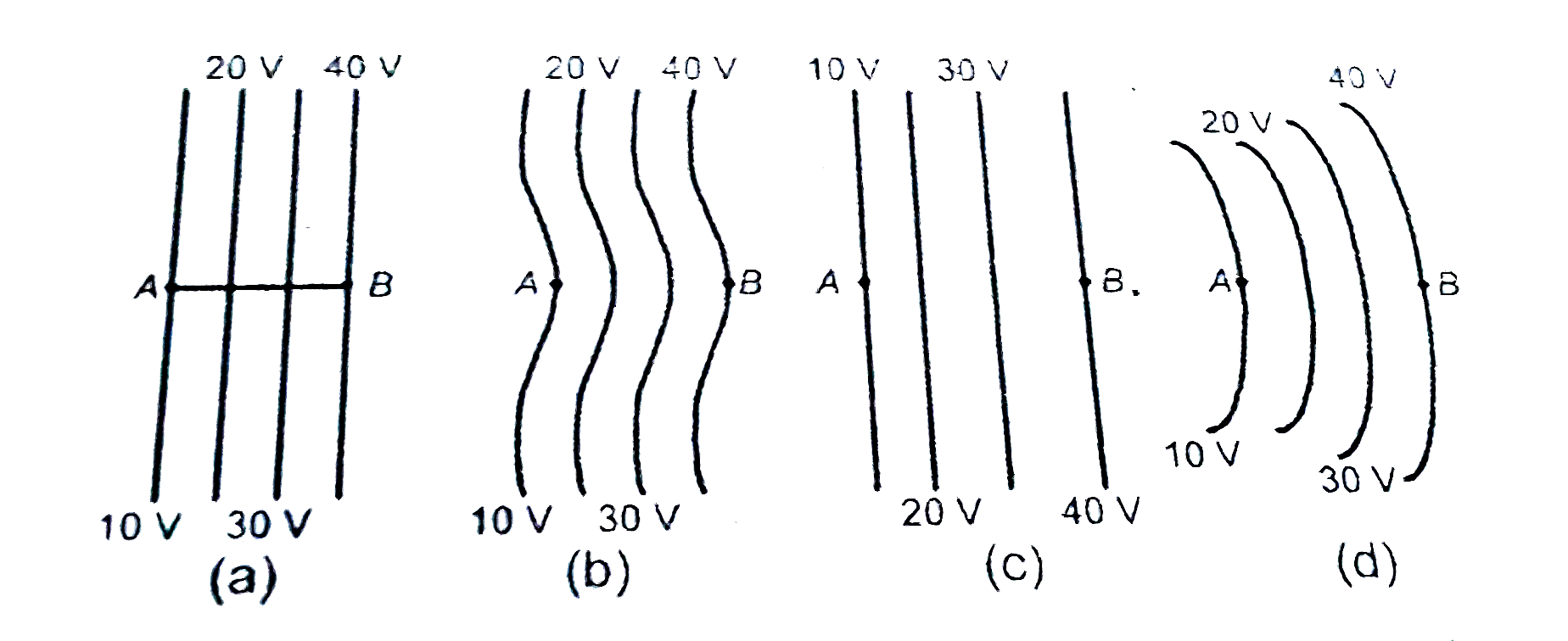The diagram below show regions of equipotential:
A positive chrages is moved from A to B in each diagram.
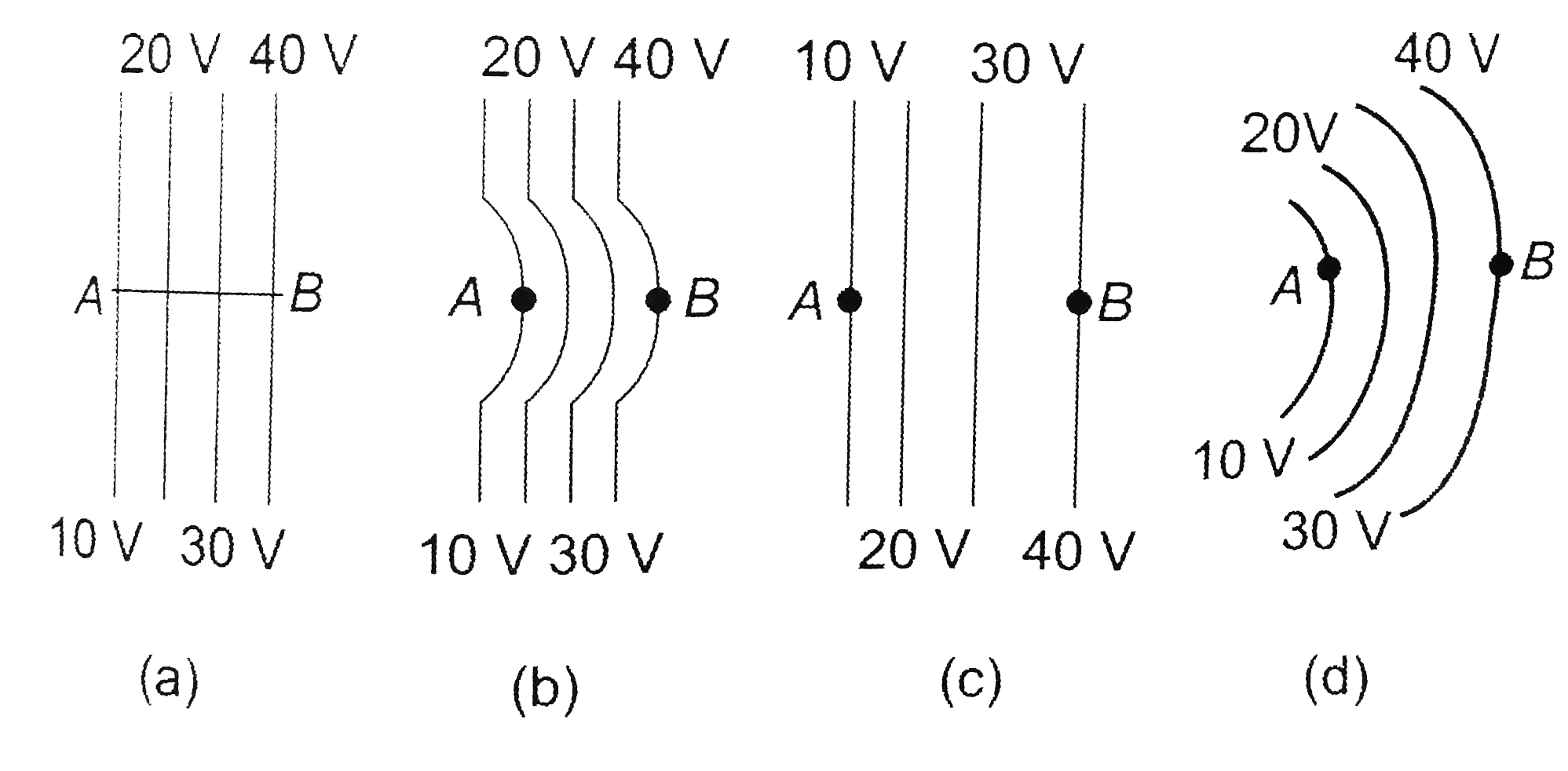
A
Maximum work is required to move q in figure (iii)
B
In all the four cases, the work done is the same
C
Minimum work is required to move q in figure (i)
D
Maximum work is required to move q in figure (ii)
Video Solution
Text Solution
The correct Answer is:B
We know that
work done" "(W)=q△V
triangleV is same in all the cases. So , work done will be same in the all cases.
|
Updated on:21/07/2023
Topper's Solved these Questions
- BOOK - DC PANDEY ENGLISHCHAPTER - SOLVED PAPER 2017EXERCISE - Solved papers 2017(AIIMS)34videos
SOLVED PAPER 2017
- BOOK - DC PANDEY ENGLISHCHAPTER - SOLVED PAPER 2017EXERCISE - Solved papers 2017(JIPMER)32videos
SOLVED PAPER 2017
- BOOK - DC PANDEY ENGLISHCHAPTER - SEMICONDUCTORSEXERCISE - Subjective12videos
SEMICONDUCTORS
- BOOK - DC PANDEY ENGLISHCHAPTER - SOLVED PAPERS 2018EXERCISE - JIPMER22videos
SOLVED PAPERS 2018
Similar Questions
Knowledge Check
- Question 1 - Select One
In the diagram shown below:
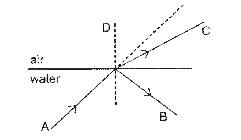 AB is incident ray and C is refracted ray.BA is incident ray and B is refracted ray.CC is incident ray and Bis refracted ray.DA is incident ray and C is refracted ray.
AB is incident ray and C is refracted ray.BA is incident ray and B is refracted ray.CC is incident ray and Bis refracted ray.DA is incident ray and C is refracted ray. - Question 2 - Select One
The adjoining diagram shows that
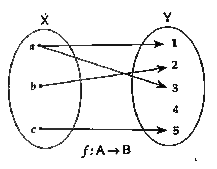 Af is a function from A to BBf is a one-one function from A to BCf is an onto function from A to BDf is not a function from A to B
Af is a function from A to BBf is a one-one function from A to BCf is an onto function from A to BDf is not a function from A to B
The diagram given below represents
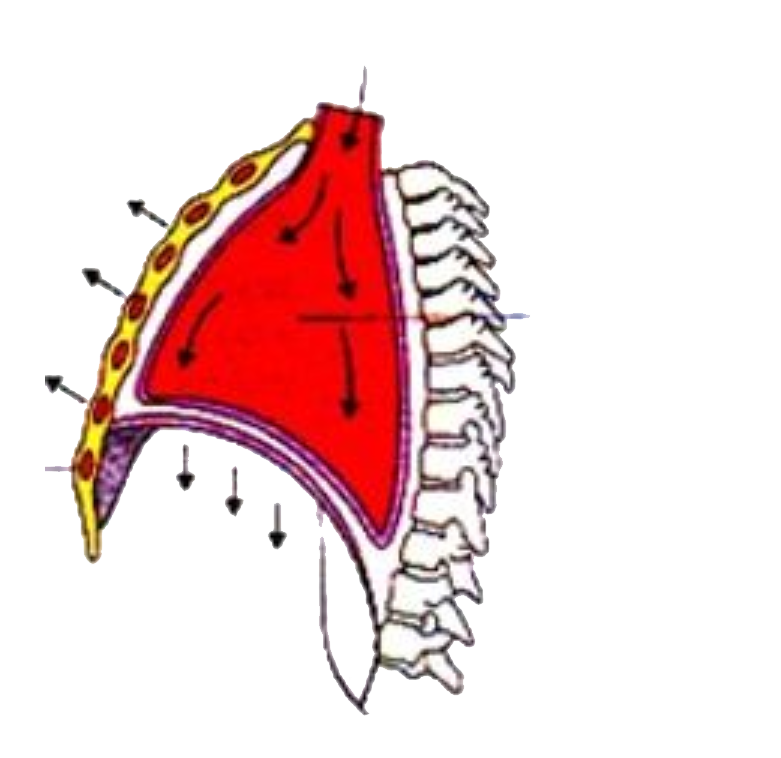 View Solution
View Solution
The diagram below shows a sinusoidal curve. The equation of the curve will beView SolutionIn P−V diagram shown below,
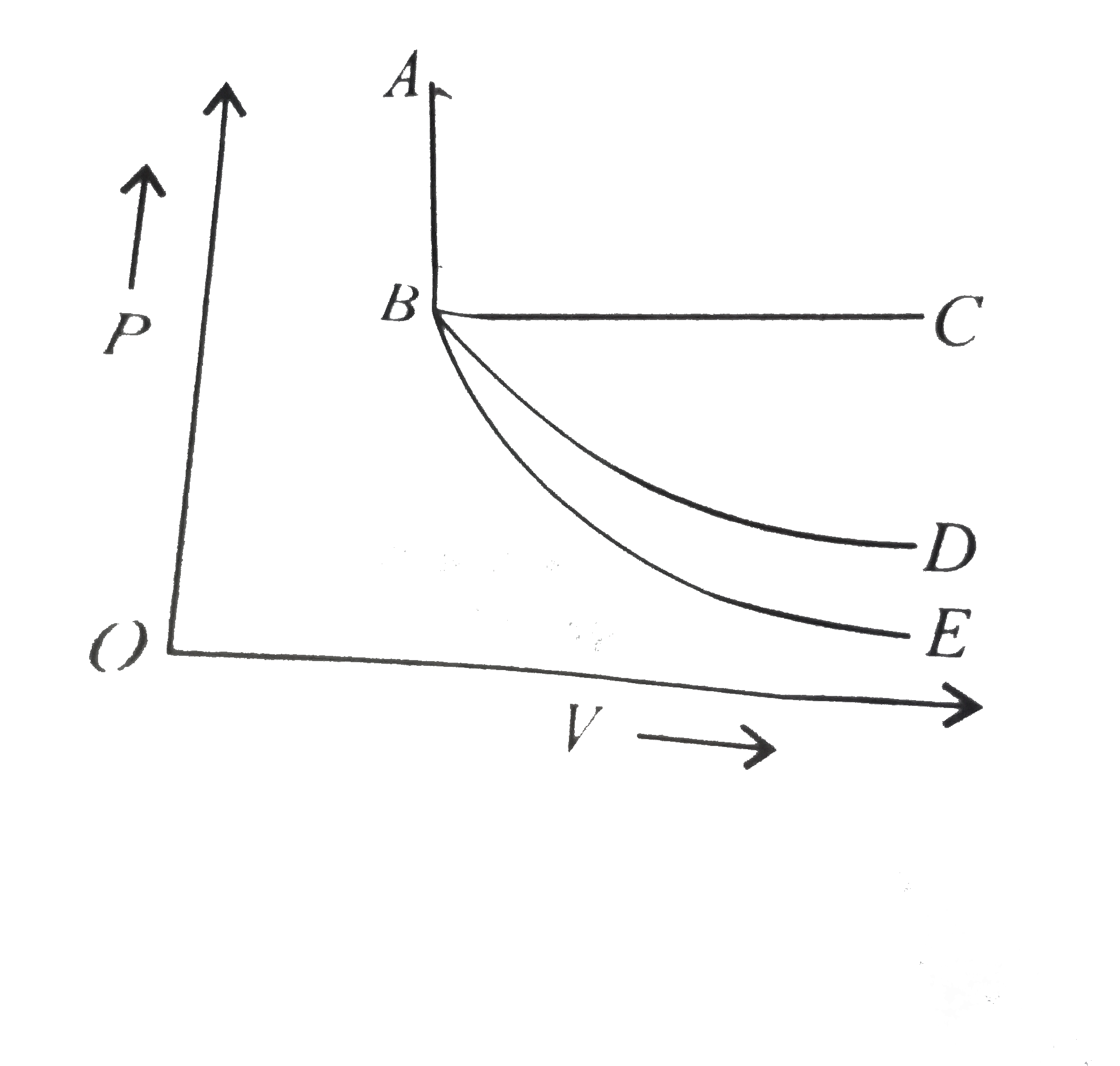 View Solution
View SolutionFigure shows some equipotential lines distributed in space. A charged object is moved from point A to point B.
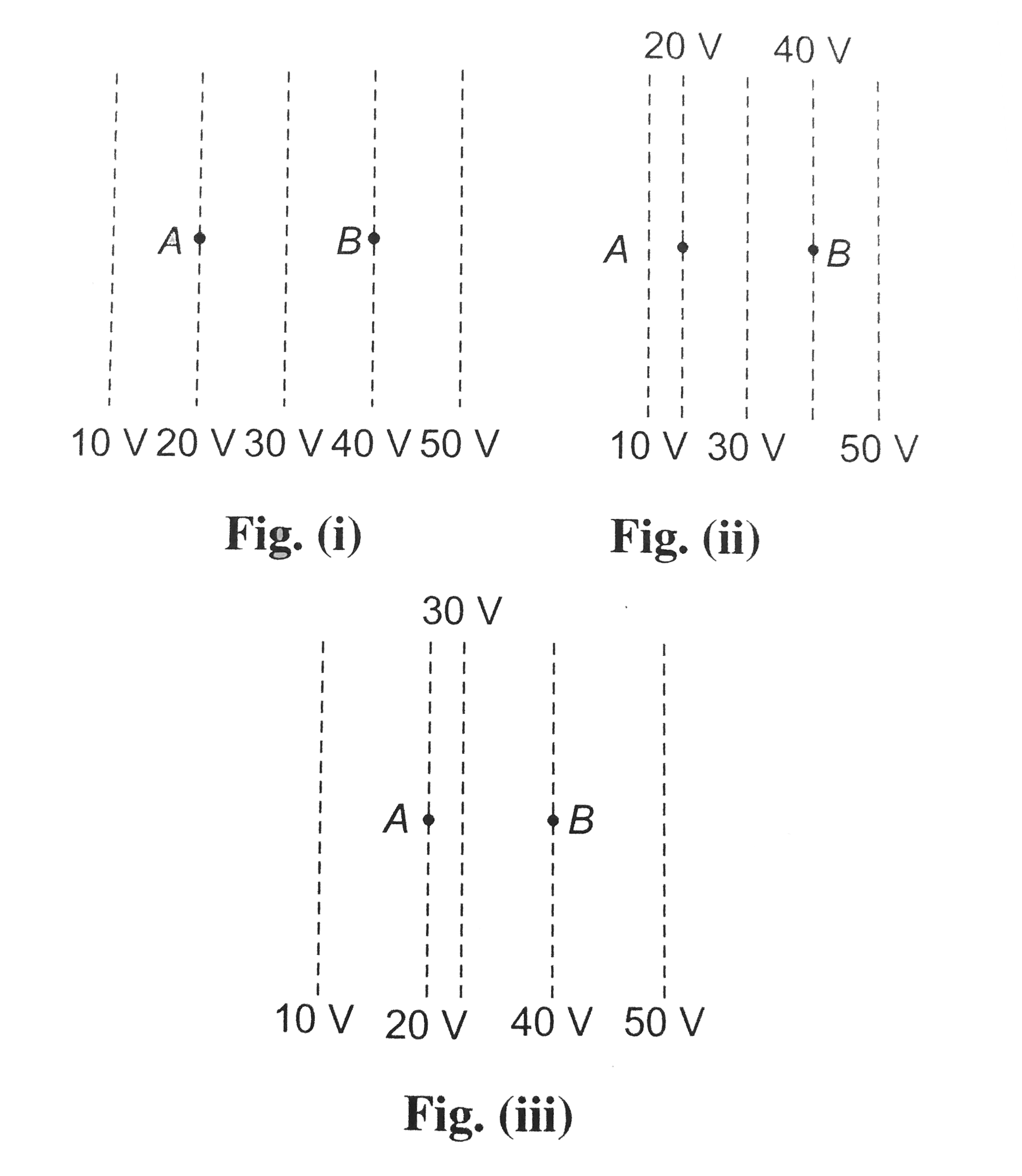 View Solution
View SolutionThe diagram below shows a lever in use :

To which class of levers does it belong ?View SolutionThe work done to move a charge along an equipotential from A to B
View Solution


